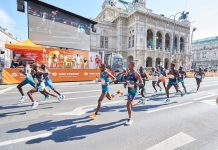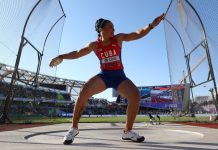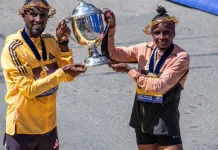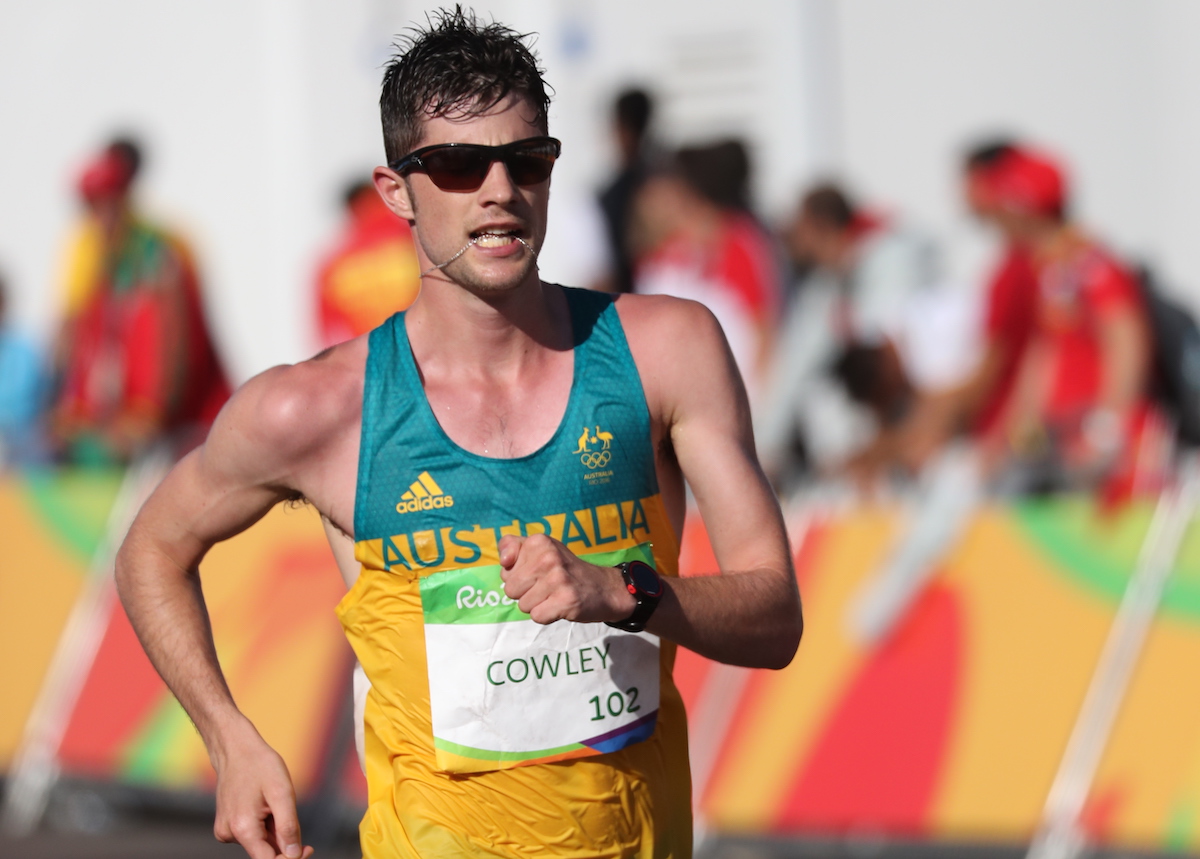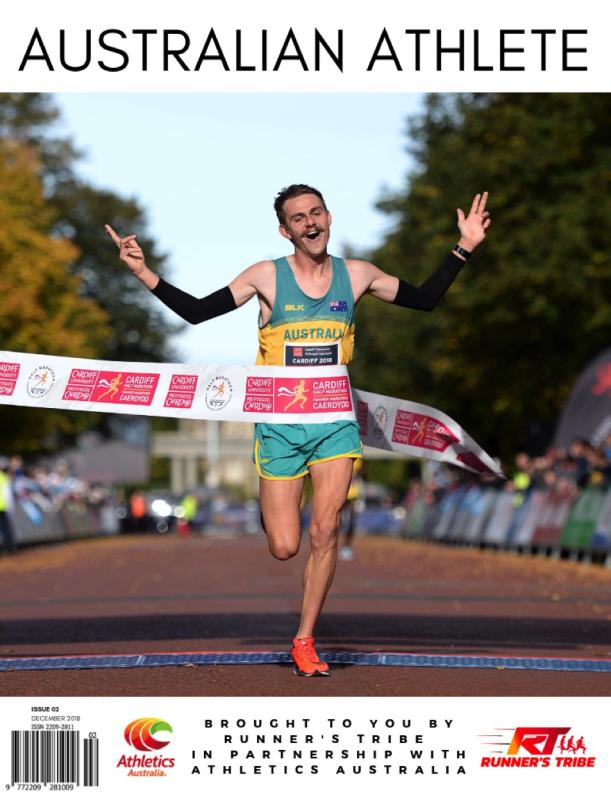Hi, I’m Rhydian. Over the past decade, I’ve had the honour of putting on the Australian vest a number of times, usually in the 20km walk, including at the 2016 Rio Olympic Games and 2018 Gold Coast Commonwealth Games. As an athlete who predominantly focuses on the walks as an event group, it is a rare honour to be able to share a bit of my story with runners thanks to Runners Tribe. It’s not all one foot on the ground – I’ve been able to put together some respectable running PB’s in my time, which occasionally sees me near to the front of the field at Athletics Victoria events.
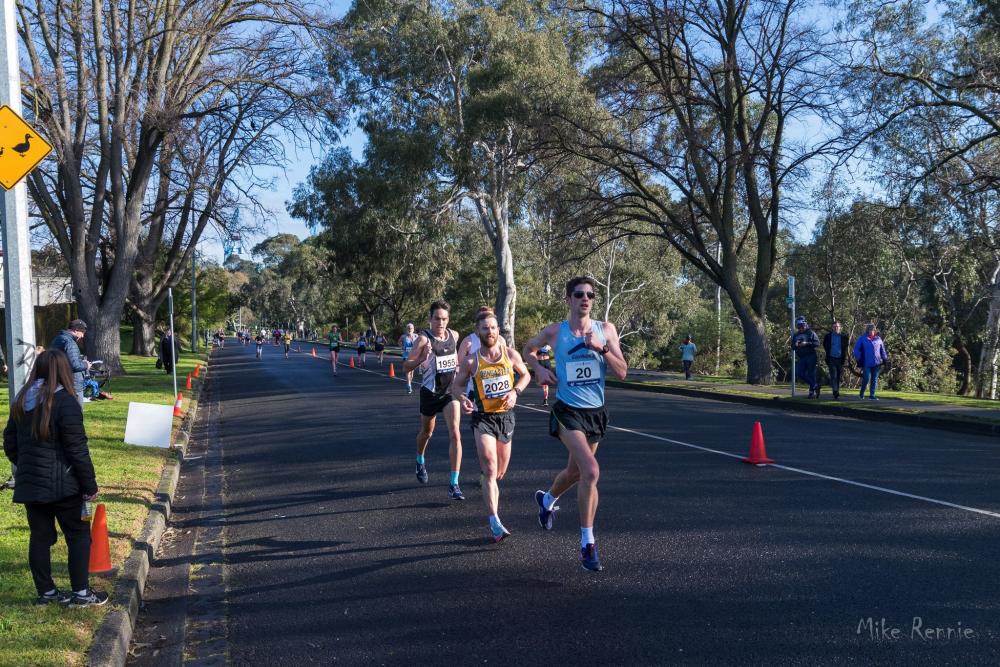
- 3,000m: 8:19.58
- 5,000m: 14:27.20
- 10,000m: 30:31
- Half Marathon: 1:07:26
I started in Little Athletics at the Knox Centre as an 8 year old, and immediately took a liking to the distance running and walks events. I pursued the walks a little more than my running, owing to successes at state championship level. This continued through my school years, but it was only when I was selected to represent Australia at the Racewalking World Cup in the junior event as a 17 year old that I began to see the possibilities of more international representation, and pursued my walking with a bit more purpose.
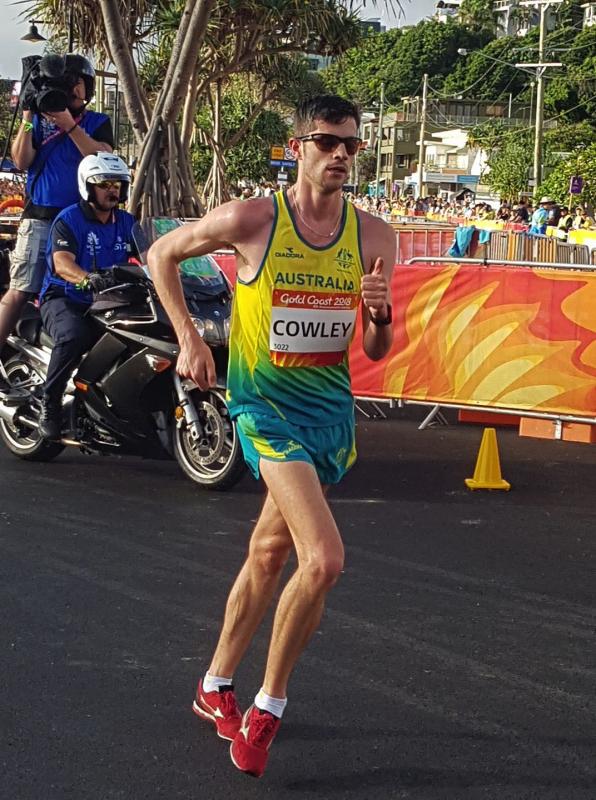
While my career sits in the shade of the medal winning efforts of the likes of Jared Tallent and Dane Bird-Smith, I am proud of my consistency in qualifying for international championship races since my first team in 2008. My performances at championships, however, have been frustratingly mixed. This is a record I’ll try to improve on as I move to the next stage of my athletics career. Ultimately I just love the thrill of racing, and also really enjoy the social aspect of athletics, from grassroots level all the way up to Olympic level – I’ve made so many friends from my sport. Hopefully this enjoyment stays all the way through, it would be fantastic to stay active and involved as I get older and slow down, following the lead of Glenhuntly clubmates Len Johnson and Chris Wardlaw who I often see at Athletics Victoria XCR events.
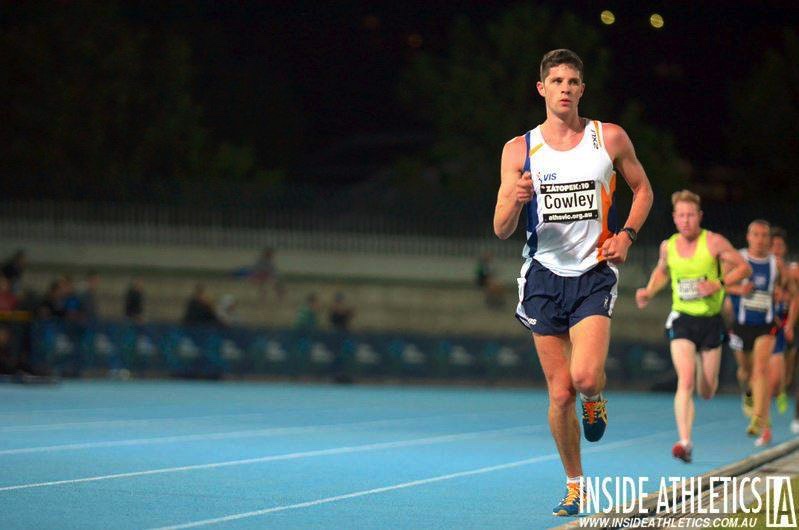
I have recently moved to the tutelage of Brent Vallance as I gear up to try to qualify for and perform well at the Tokyo Olympic Games. I am very grateful to all those who have coached me throughout my time in athletics, it’s all part of the learning experience as an athlete. Due to the limitations of working full time, I often train by myself during the week, joining other Melbourne based walkers like Commonwealth Champion Jemima Montag, and New Zealand dual Olympian Quentin Rew, on weekends.
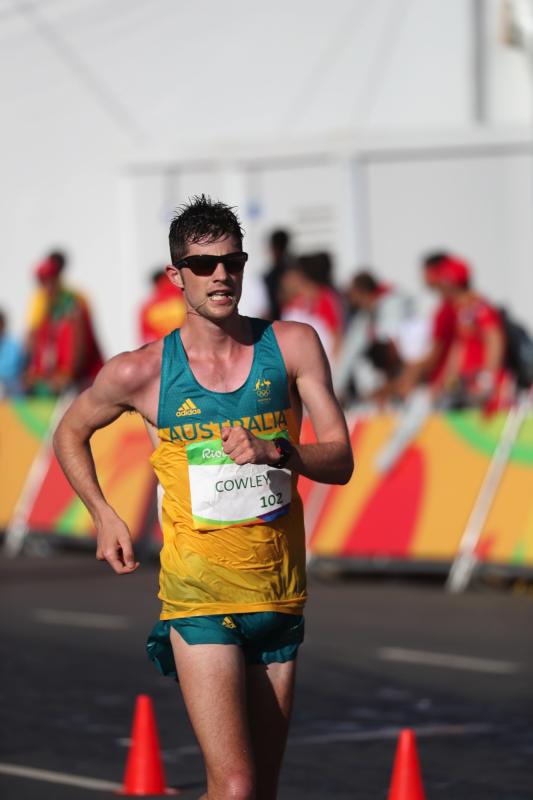
Ultra high training volumes are something I have often had trouble maintaining, and this is especially the case for me since I have started full time work – fortunately I am an office administrator, and not in a more labour intensive position. Therefore it has been critical for me to identify my key sessions and get the most out of them while getting enough rest to keep my training consistent on a week to week, month to month basis. A reasonable week for me at the moment is around 80-90km on average, although I’d like to push it a bit higher in 2019 if I can. My current routine sees me doing longer distance sessions on Wednesday and Sunday, with higher intensity sessions on Tuesdays and Saturdays.
Key Sessions
Long Walk:
As with distance runners, one of the most important sessions is the long session. This winter I have built my base and my strength up on the back of doing 25-30km Sunday long walks. Getting out there for 2-2.5 hours on a regular basis helps me to hold on during the tough last parts of my walk races, and maximises my weekly mileage. It also provides a good opportunity to practice race nutrition, and I feel that being able to get this session in consistently is assisting me to gradually build up what I can fit in across the rest of the week. I also throw in a 15-20km run during the week as my second longer session, to further get the body acclimated to time on the legs. Outside of local races, this is the hardest running that I do, with other runs usually being easy sessions.
5x2km
This session is great in blocks leading up to key races, and is a good race performance indicator. When I have built up to getting 5 reps done, and get through every rep both strong and faster than the last one, then I know that I am in good shape.. I generally do this session with a roughly 2 minute recovery, although sometimes to accommodate groups a particular cycle for a rep+recovery is chosen, usually around 10 to 11 minutes, which works out at around 2-3 minutes at my training pace. This session can sometimes be adjusted to 4x2km, with 4x500m thrown in at the end to practice picking up the pace and workrate while tired toward the end of a race.
Races
I am a big fan of using smaller races as training and as tuneups. During the winter I am regularly at either Athletics Victoria XCR events, or at the Victorian Race Walking Club. Less frequently, I’ll also participate in parkruns or summer races like at the Victorian Milers Club. These races are usually between 3 and 12km long, although I do also enjoy trying to fit in a half marathon somewhere in my calendar. Running races provide me with a chance to compete in a pack, which I only get to experience a few times a year in walk races otherwise. Perhaps more importantly, races are great fun, and serve to keep me in touch with the grassroots running community, and remind me why I love the sport.
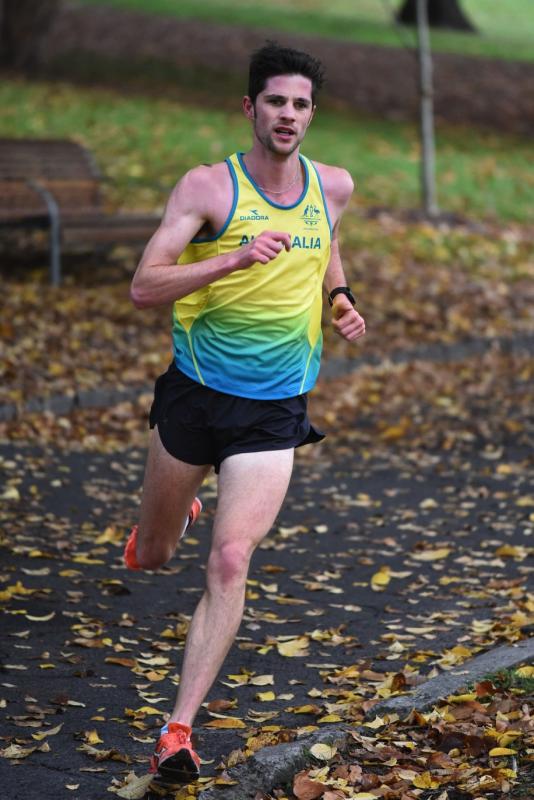
Recovery: Stretching/Massage/Trigger Point
Specific recovery activity is pretty important for me, and is often underrated. Alongside strength training (which I do not do as much of as I would like at current) and sleep, this forms an important part of me being able to keep myself on the road training consistently. Just like you need to service a car or a bike regularly to keep them running smoothly, you also need to look after your body, especially if you spend a lot of your day sitting in an office and on the train.
This session is something I do most days of the week, and is easy to fit in since the time commitment is smalI, and can be fit in to a lunchtime or a night time routine pretty easily. I tend to find my lower back is the most common culprit for loading and getting tight, which puts stress on other parts of my posterior chain of muscles and increases the risk of developing hamstring issues (a common injury for race walkers). As a result, much of my self treatment time is spent loosening my back and encouraging good movement through my posterior chain. Regular self maintenance helps often makes your physiotherapist’s job easier, and is very useful for if/when you are unable to spend much time on the physio bench. Best to ask someone qualified like a Physio to help you build a routine that works for you – every body is different.




